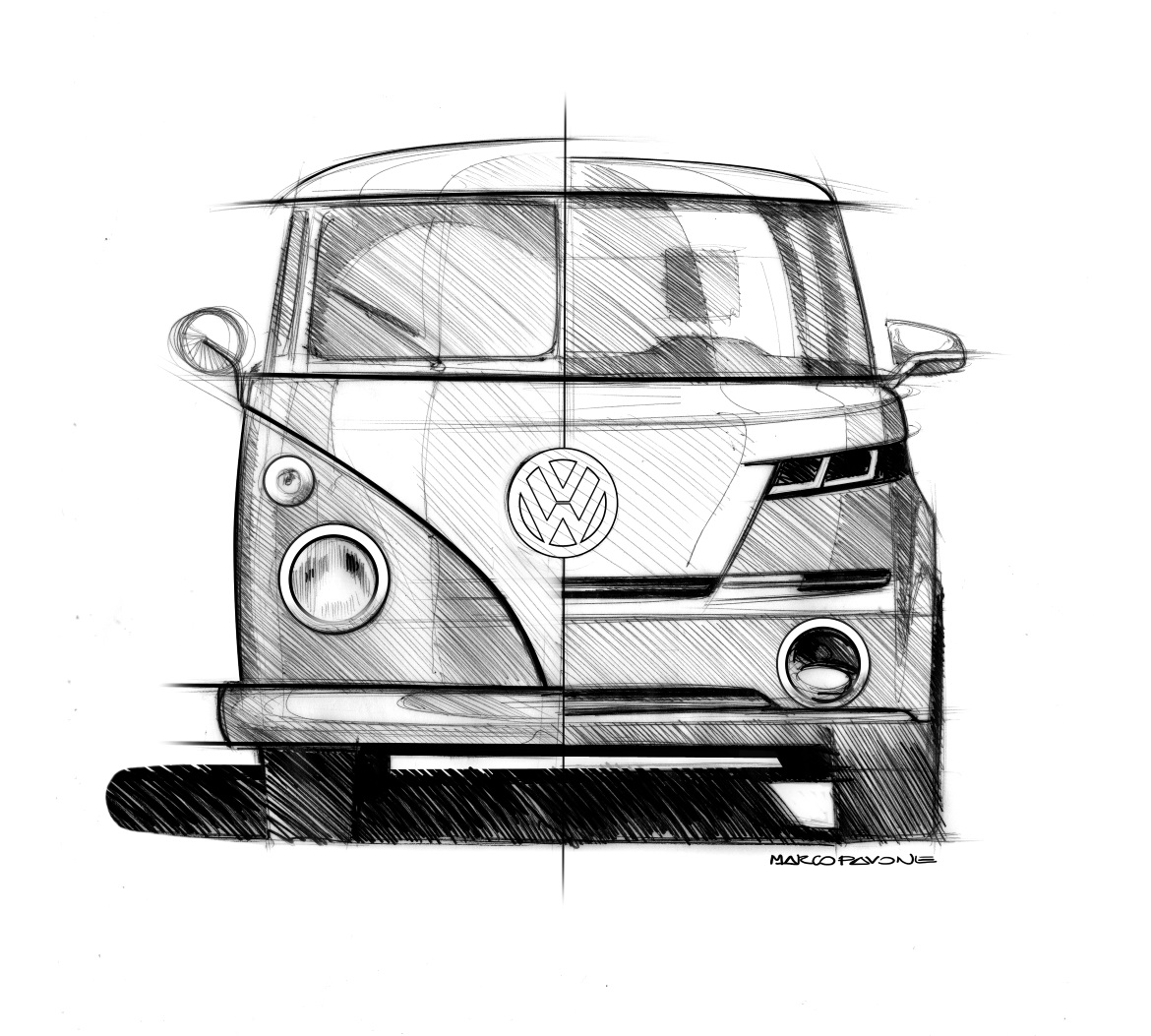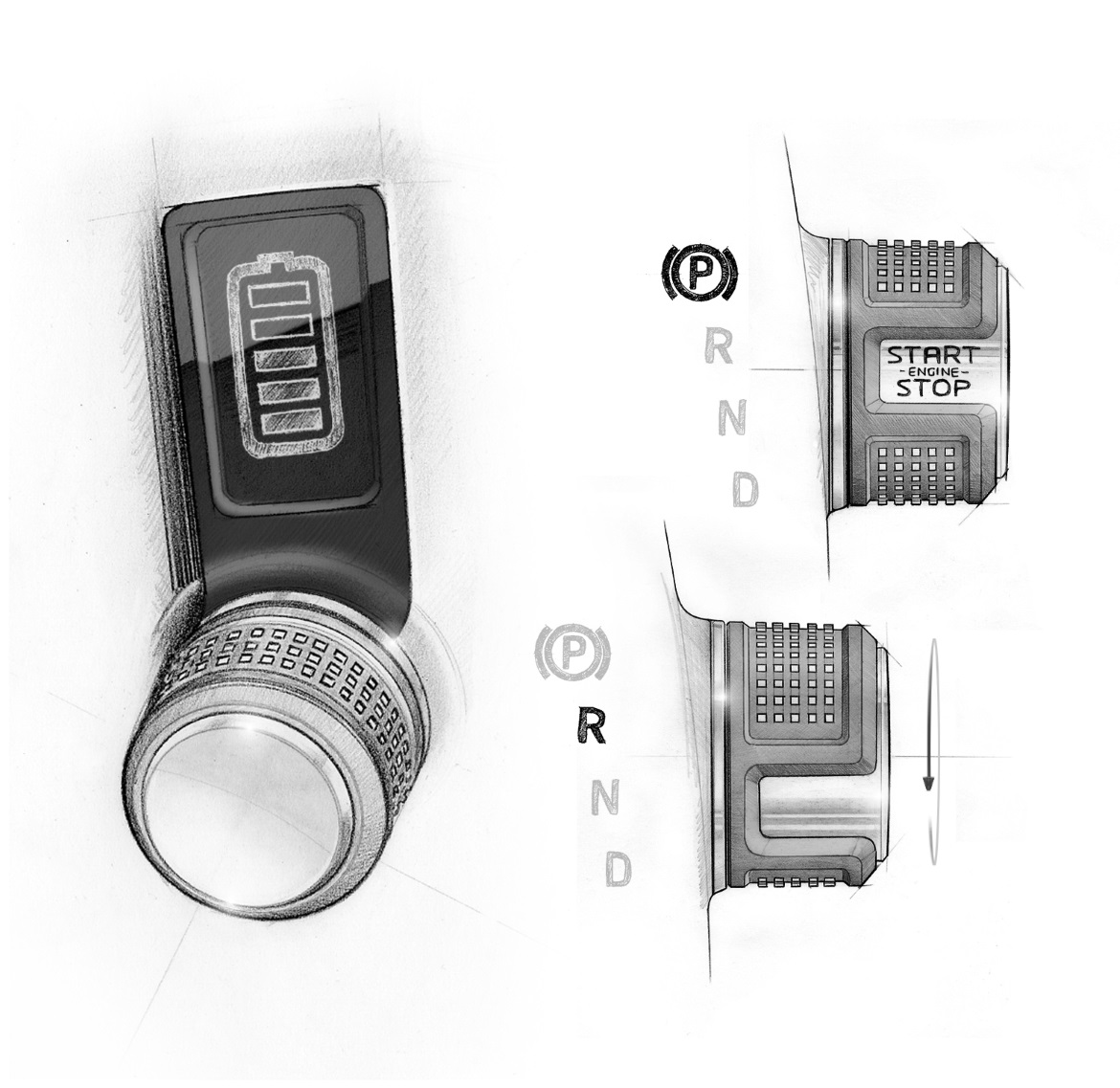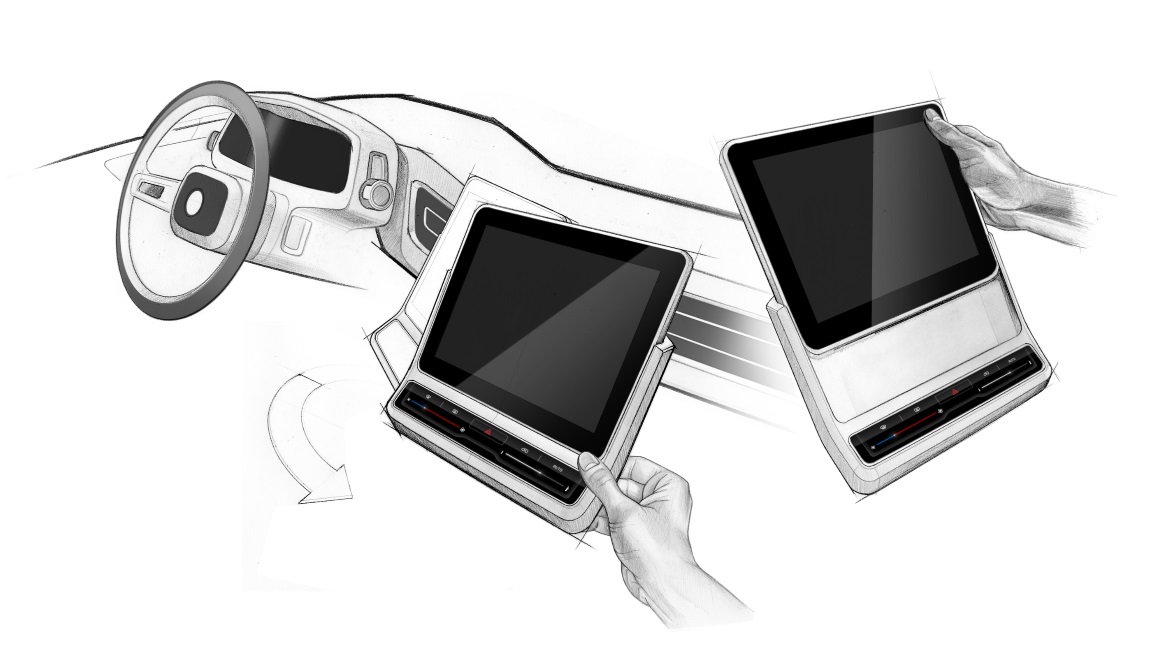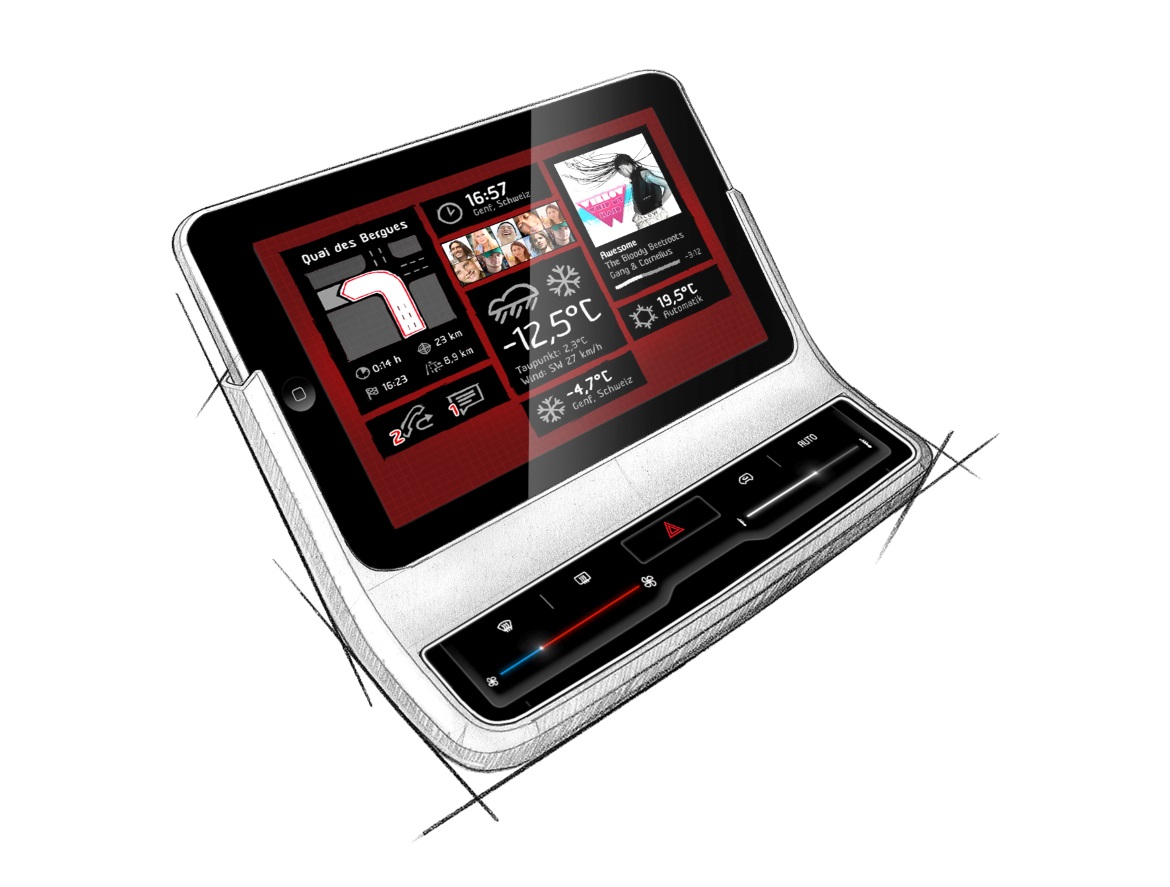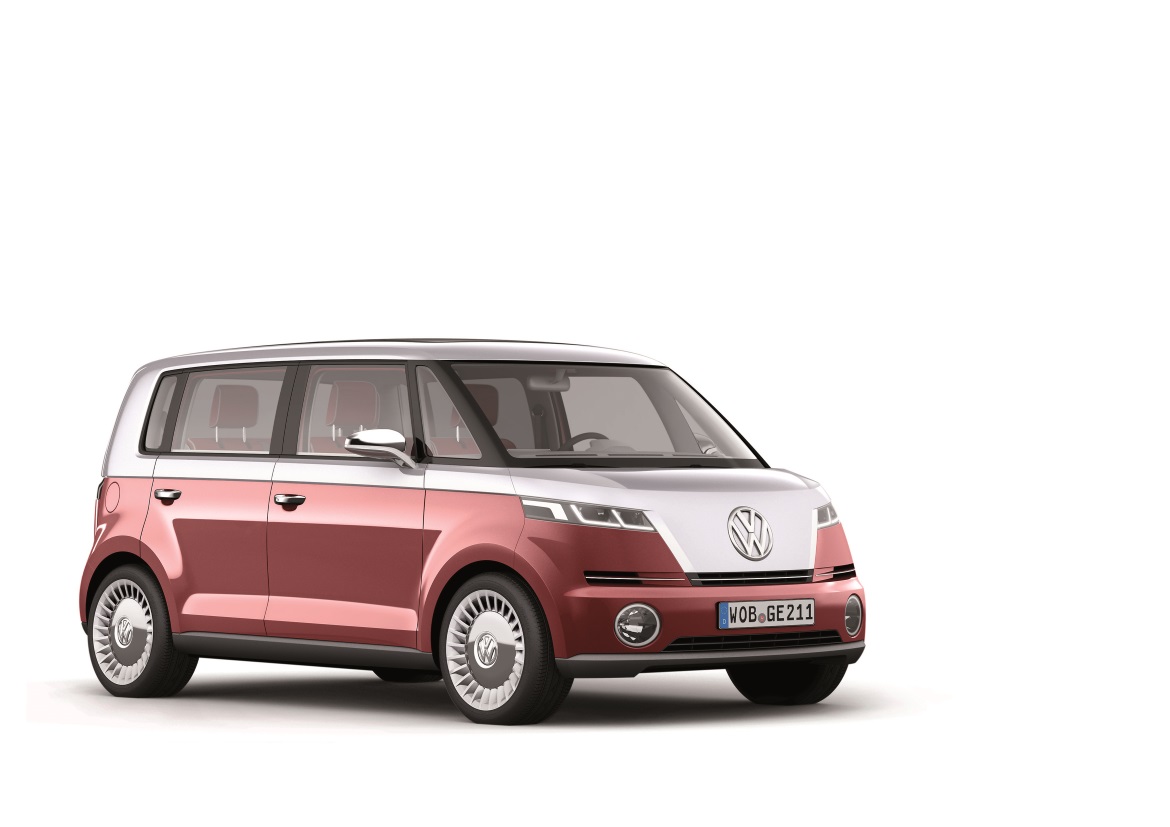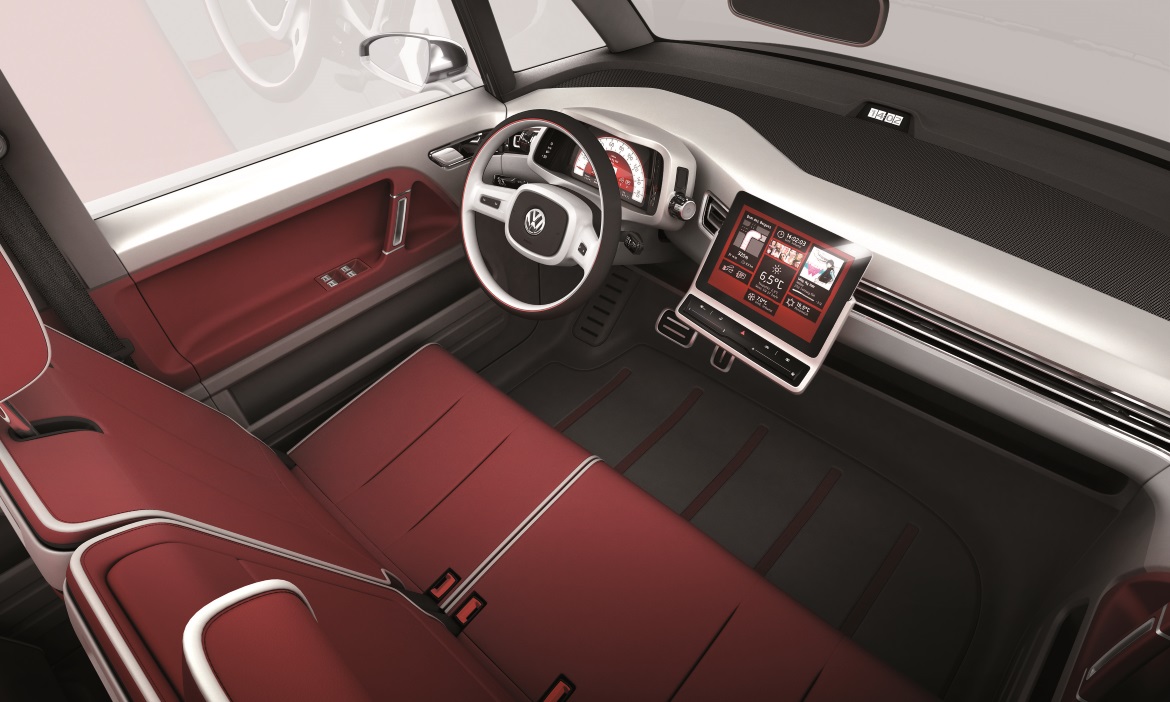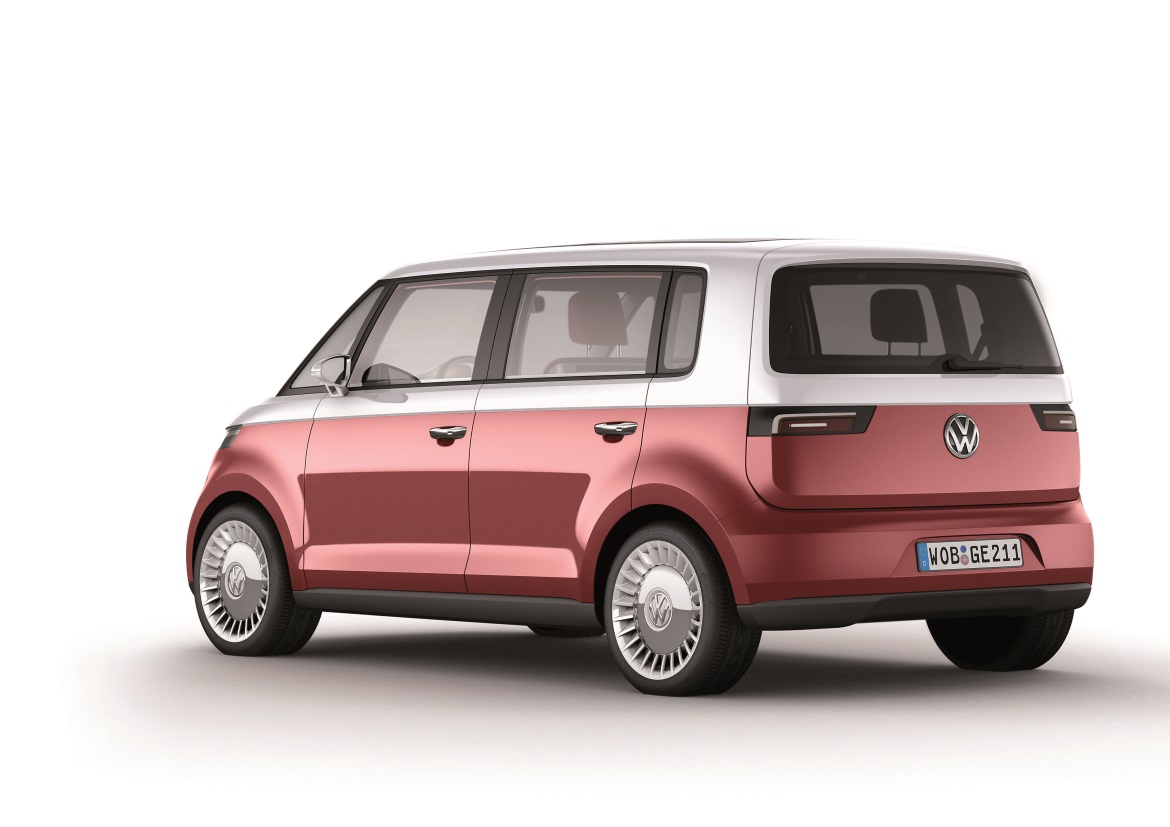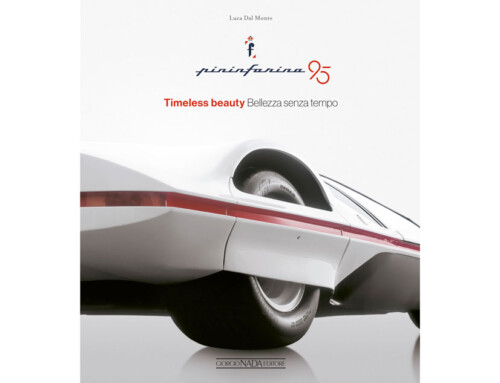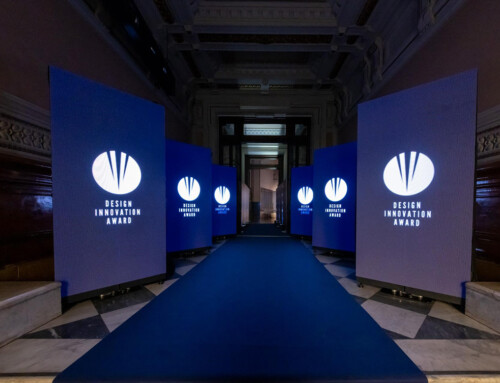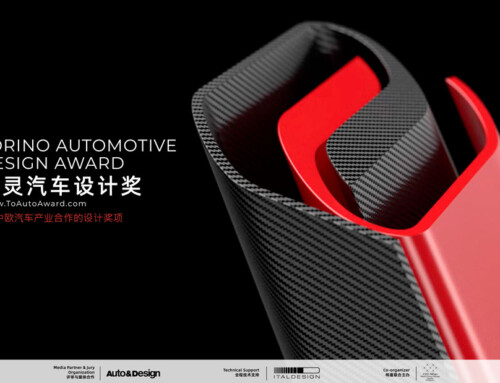EVOLUTION OF THE MICROBUS SPIRIT (Auto&Design n.190/2011)
If it had not been for Ben Pon, Volkswagen’s Dutch importer in the immediate post-war years, the Wolfsburg car maker would never have created the legendary model which would eventually give rise to the Bulli concept unveiled at the 2011 Geneva Show. It was Ben Po who, in 1947, drew on a piece of paper the outline of a minibus, anchored to the chassis of the Beetle, which, three years later,would become a world icon. The code name, at the VW plant, was T1, short for Transporter 1: the Germans called it Bulli, in the U.S. it was called Microbus. It would be sold and used in every conceivable way: as a multipurpose transporter, as a family camper, as a home to the “flower people”. With the Geneva concept, the Wolfsburg designers set out to stage the comeback, after a 61-year interval, of the T1, in a new current version: simple, clean and, first and foremost, fun. Another step in that “operation friendliness” that characterises Volkswagen’s new design approach.
In 2001, VW had already presented a concept, the Microbus, developed on the platform of the T5, the biggest minibus produced by the car maker. “The new Bulli concept is much smaller than the Microbus, and even smaller than the original Bulli”, explains Klaus Bischoff, head of the brand design team: “Nowadays, many motorists young and old, seek anextremely flexible vehicle. If we had worked on a bigger segment vehicle, for instance one with three rows of seats, we would have designed an MPV with poor market figures. We had to remain in a smaller segment, but it had to be one associated with huge sales volumes. Thus, we redefined the identity of the product. The Bulli concept features a much more compact design than the 2001 Microbus concept, but with its two 3-seat rows has the same versatility as the old Bulli. The seats, for example, can be folded flat into a comfortable bed over 2m in length. As we move toward standard production, we shall try to maintain this approach, knowing that a vehicle like this can be everything: a van, a taxicab. Many good things can come about if we start out right”.
For ten years, Bischoff goes on to say, VW designers – the body team headed by Oliver Stefani and the interior team headed by Tomasz Bachorski, with Oona Scheepers in charge of colour&trim – had been looking for solutions to re-enter that unique and iconic market, to join VW’s other celebrated people carriers (Caddy, Touran, Sharan, Caravelle). “We were looking for a technical solution that would enable us to develop a project with this unique spirit and on such a scale. The opportunity was provided by a new platform produced by our engineers, an MTP (modular traction platform) suitable for any type of powertrain: electrical, hybrid, with an i.c. engine, with fuel cells. A platform with the wheels standing out at the four corners, a virtually level interior surface, a relatively high driving position, minimised front and rear overhangs, wide track, big wheels. It had been developed for an MPV, but it was just what we needed. It enabled us to fine-tune an unprecedented style. We designed the concept, submitted it to the company management and got an immediate Yes, in keeping with the emotional approach that we had wanted to embody in the Beetle and the up!, two models designed to give the brand a new face”.
The Bulli shown in Geneva was electrical and equipped with an 85 kW engine, and the batteries – placed under the floor, rechargeable in one hour – ensured a 300 km range (0 to 100 in 11.5 seconds, top speed of 140). The standard production Bulli, on which VW designers are now working, will probably offer a choice of diesel, petrol and hybrid engines. But its morphology will be pretty much the same. 1 cm shorter than 4m, 1.75m wide and 1.70m tall, if you compare it with the original Bulli it illustrates the design concepts underpinning the new approach: a body that is both shorter and wider. Retro? “No, Volkswagen”, replies Bischoff, who collaborated with the Volkswagen Group design chief, Walter de Silva, on the genetic makeup of the new generation of VW vehicles.

